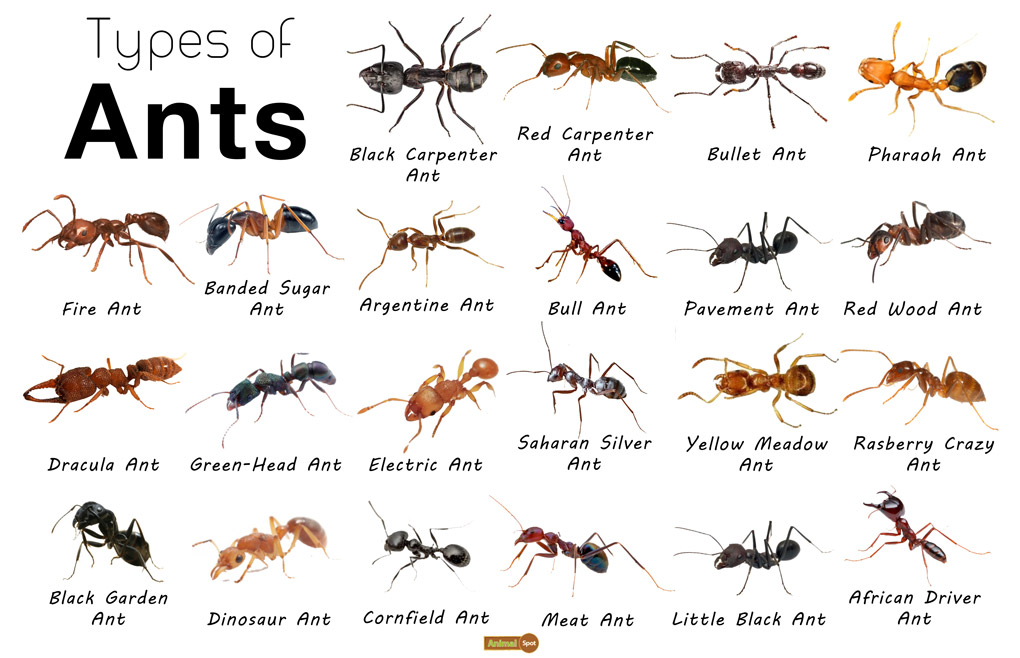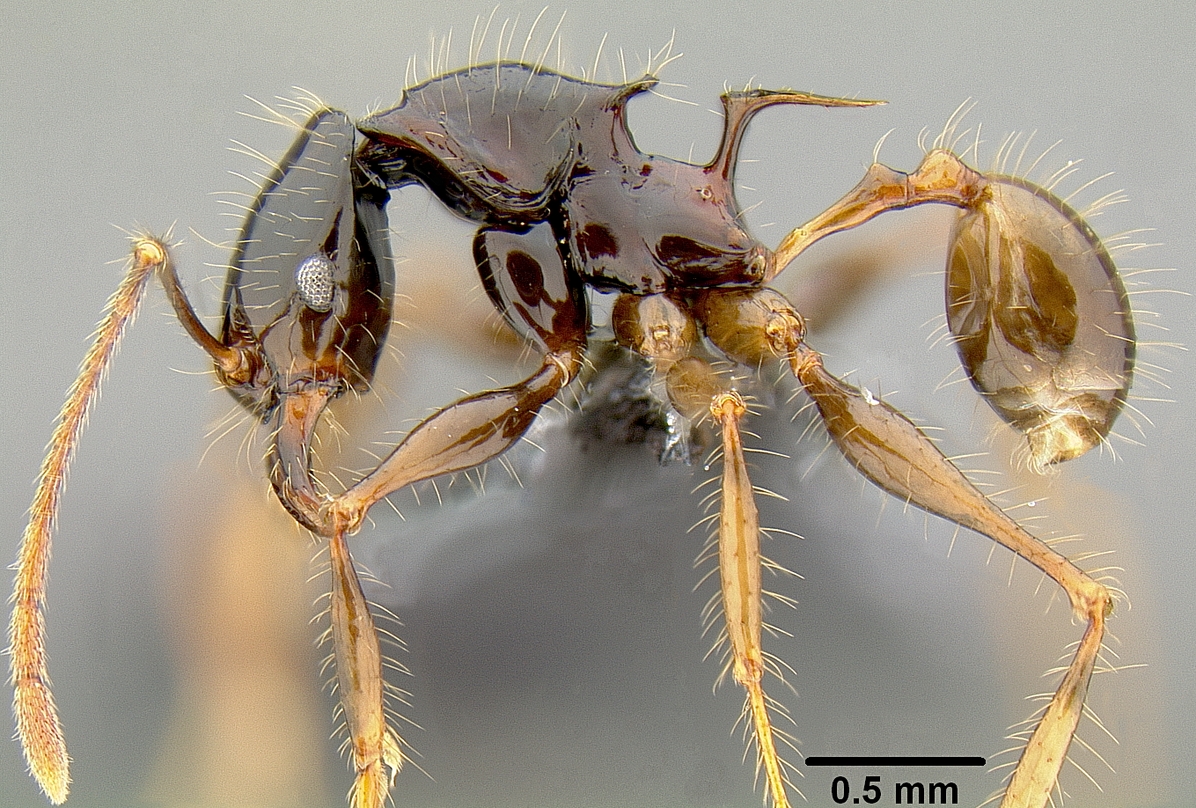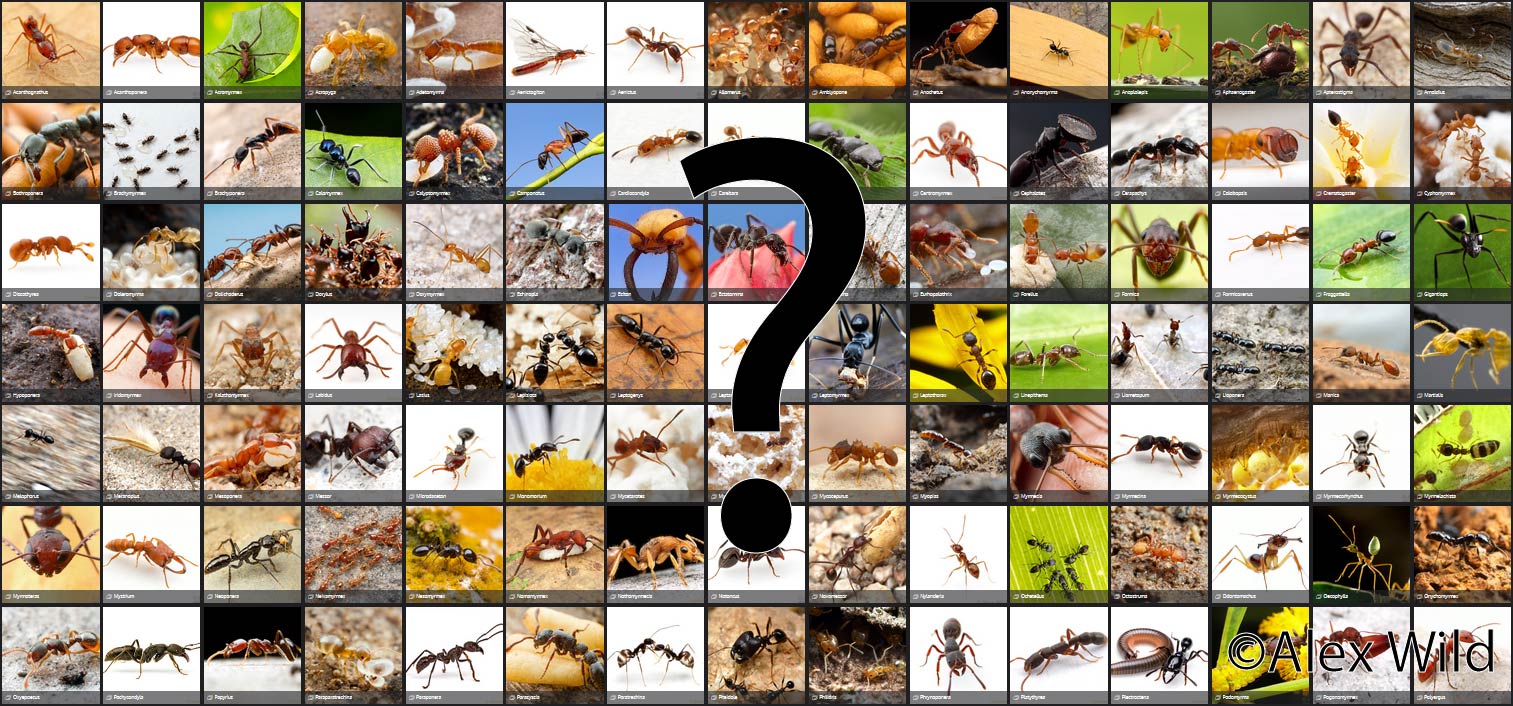There are approximately 12,000 ant species in the world, as estimated by myrmecologists. These tiny insects play a crucial role in various ecosystems.
Ants are social creatures that live in colonies, with some species having a single queen while others may have multiple queens. From leafcutter ants to army ants, these insects exhibit fascinating behaviors and complex social structures. Ants are found on every continent except Antarctica, showcasing their adaptability and resilience.
Understanding the diversity and abundance of ant species is essential for conservation efforts and ecological research globally. Let’s delve deeper into the world of ants and explore their incredible biodiversity.
The Vast World Of Ants
Ants are one of the most prevalent and diverse insect species on our planet. With an estimated twenty quadrillion ants worldwide, they inhabit almost every terrestrial ecosystem, from rainforests to deserts and urban environments. The sheer numbers and variety of ant species make them a fascinating subject for scientists and nature enthusiasts alike.
The Fascinating Diversity Of Ant Species
Ants come in a wide array of shapes, sizes, and colors. There are over 12,000 known ant species, and it is estimated that there could be as many as 22,000 species yet to be discovered and classified. From the tiny pharaoh ant to the formidable bullet ant, each species has its unique characteristics and behaviors, contributing to the rich tapestry of biodiversity on Earth.
The Role Of Ants In The Ecosystem
Ants play a crucial role in maintaining the balance of ecosystems. They act as efficient decomposers by breaking down organic matter, aerate the soil through their tunneling activities, and serve as a food source for numerous other creatures. Additionally, ants are skilled farmers, cultivating fungi and tending to aphids for their honeydew, showcasing their complex and sophisticated behaviors.

Credit: www.animalspot.net
Counting Ant Species
Counting Ant Species: Ants are fascinating creatures that play vital roles in ecosystems, but have you ever wondered how many species of ants there are in the world? Let’s dive into the complexities of counting ant species and explore the estimates of ant diversity on a global scale.
Challenges In Determining The Number Of Ant Species
Myrmecologists face numerous challenges when attempting to accurately determine the total number of ant species worldwide.
- Varied habitats and cryptic nature of ants
- Regional variations in species distribution
- Overlapping physical characteristics
Estimates Of Ant Species Worldwide
Experts estimate a staggering diversity of ant species globally, with figures reaching into the millions. The exact number remains a subject of ongoing research and discovery within the field of myrmecology.
- Approximately 12,000 described ant species
- Potential existence of undocumented species
- Diverse ecological roles across different ecosystems
Ants In Different Habitats
Ants thrive in a variety of habitats around the world. Let’s explore how these industrious insects adapt to different environments.
Ants In Forest Ecosystems
Forests provide a rich ecosystem for ants to thrive.
Ants In Grasslands And Savannas
Grasslands and savannas are prime habitats for a diverse range of ant species.
Ants In Deserts
Despite the harsh conditions, ants have successfully adapted to desert environments.
Ants In Urban Environments
Urban areas present unique challenges for ants, yet they have managed to establish colonies amidst concrete jungles.

Credit: phys.org
Ants And Their Social Structure
Ants are remarkable creatures known for their highly organized social structure. Within a colony, various castes play specific roles, contributing to the overall success and survival of the community.
The Castes Within An Ant Colony
An ant colony consists of individuals belonging to different castes, each with specific duties and responsibilities. The three primary castes include:
- Queen Ants: The queen is the reproductive center of the colony, responsible for laying eggs and ensuring the continuity of the population.
- Worker Ants: Workers are non-reproductive females that perform numerous tasks vital to the colony’s functions, including foraging, caring for the young, and maintaining the nest.
- Male Ants: Male ants have only one function – to mate with the queen. Once their role is fulfilled, they die shortly after mating.
The Role Of Queen Ants
Queens are the foundation of an ant colony, serving as the primary reproducer. They play a crucial role in maintaining the population and ensuring the colony’s survival by continuously laying eggs.
Division Of Labor In Ants
Ant colonies exhibit a remarkable division of labor, with individuals specializing in various tasks. This includes foraging, caring for the young, defending the nest, and tending to the queen.
Each ant caste performs specific functions essential to the colony’s success, showcasing the intricate social structure that contributes to the resilience of these fascinating insects.
Ants As Invasive Species
Ants are fascinating creatures that play a crucial role in our ecosystems. However, not all ant species have a positive impact. Some ants have become invasive species, causing significant harm to native plants, animals, and ecosystems. In this section, we will explore the negative impacts of invasive ants and provide examples of invasive ant species.
Negative Impacts Of Invasive Ants
Invasive ants are known for their ability to outcompete native species and disrupt delicate ecological balances. These ants often have high reproduction rates and aggressive behavior, which allows them to invade new areas and thrive.
The negative impacts of invasive ants can be profound:
- Displacement of native ant species, leading to reduced biodiversity
- Damage to agricultural crops
- Loss of domestic animals and pets due to painful ant bites and stings
- Depletion of food sources for other wildlife
- Alteration of soil composition and nutrient cycling
- Interference with native pollinators
It is important to note that not all ant species are invasive. Many ants play crucial roles in their native ecosystems, such as seed dispersal and decomposition of organic matter. However, invasive ant species pose a serious threat to biodiversity and ecological functioning.
Examples Of Invasive Ant Species
There are several notorious invasive ant species that have spread to various parts of the world. Here are some examples:
| Ant Species | Origin | Distribution |
|---|---|---|
| Red Imported Fire Ant (Solenopsis invicta) | South America | United States, Australia, China |
| Argentine Ant (Linepithema humile) | South America | Various countries worldwide |
| Crazy Rasberry Ant (Nylanderia fulva) | South America | United States, Australia |
These invasive ant species have significant impacts on the ecosystems they invade. They disrupt local ant communities, prey on native insects, and even have economic consequences due to damage to agriculture and infrastructure.
Efforts are underway to manage and control the spread of invasive ants, aiming to mitigate their negative impacts and protect native biodiversity. It is crucial to raise awareness about the dangers of invasive ant species and take measures to prevent their introduction to new areas.

Credit: blog.myrmecologicalnews.org
Frequently Asked Questions For How Many Ant Species Are There In The World?
How Big Is 20 Quadrillion Ants?
There are around 20 quadrillion ants in the world, according to myrmecologists who study ants.
How Many Ants Are There In The World?
There are approximately twenty quadrillion ants worldwide, as estimated by myrmecologists specializing in studying ants.
Are There A Trillion Ants?
Around twenty quadrillion ants exist globally based on estimates by myrmecologists specializing in ant studies.
How Many Queen Ants Exist?
Queen ant populations vary by species, ranging from a single queen to hundreds in a colony.
What is the Relationship Between the Number of Ant Species and the Total Ant Population on Earth?
The exact estimate of how many ants live on Earth is uncertain, but it is believed that there are over 12,000 different species of ants worldwide. The relationship between the number of ant species and the total ant population is complex, with various factors influencing their distribution and abundance.
Conclusion
The world is home to an estimated twenty quadrillion ants, showcasing the diversity of ant species globally. As vital contributors to ecosystems, understanding the diverse nature of ants is crucial. By recognizing and appreciating the vast array of ant species, we can further comprehend and protect these valuable members of our natural world.
{ “@context”: “https://schema.org”, “@type”: “FAQPage”, “mainEntity”: [ { “@type”: “Question”, “name”: “How big is 20 quadrillion ants?”, “acceptedAnswer”: { “@type”: “Answer”, “text”: “There are around 20 quadrillion ants in the world, according to myrmecologists who study ants.” } } , { “@type”: “Question”, “name”: “How many ants are there in the world?”, “acceptedAnswer”: { “@type”: “Answer”, “text”: “There are approximately twenty quadrillion ants worldwide, as estimated by myrmecologists specializing in studying ants.” } } , { “@type”: “Question”, “name”: “Are there a trillion ants?”, “acceptedAnswer”: { “@type”: “Answer”, “text”: “Around twenty quadrillion ants exist globally based on estimates by myrmecologists specializing in ant studies.” } } , { “@type”: “Question”, “name”: “How many queen ants exist?”, “acceptedAnswer”: { “@type”: “Answer”, “text”: “Queen ant populations vary by species, ranging from a single queen to hundreds in a colony.” } } ] }

I’m MD Tanvir, and I bring years of expertise gained from working closely with pest control companies to the forefront. My journey in the industry has inspired me to launch Bug Battler, a platform aimed at equipping people with the know-how to combat pests autonomously. Through Bug Battler, I aim to empower individuals with practical insights to tackle pest infestations effectively.

